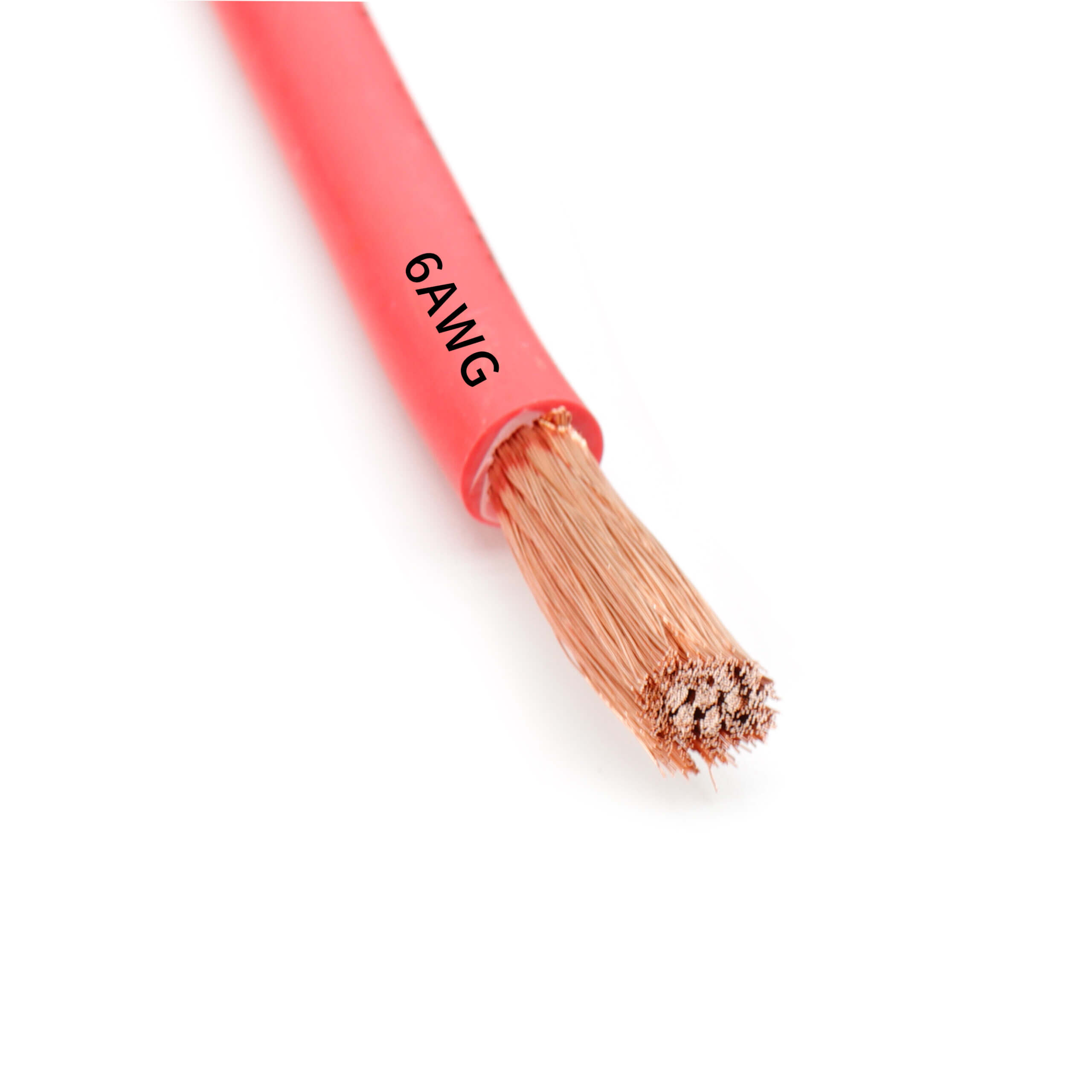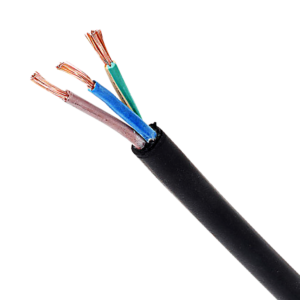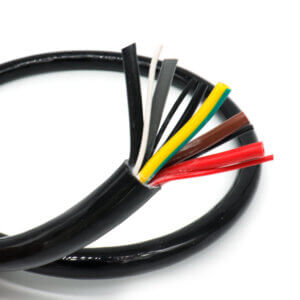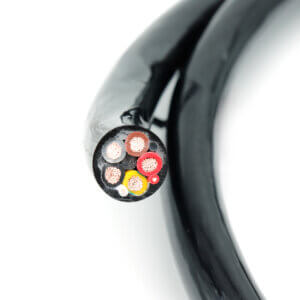6 gauge wire
1. Introduction
6 gauge wire. This size of cable is commonly used to power all types of electrical equipment. This size cable has a wide range of uses, has a good current carrying capacity, and can be found in photovoltaic energy storage systems, engineering and construction.
Many people will ask:
-What kind of cable is 6 awg wire?
-What is the difference between 6 ga wire and it?
-Why should I go for 6 gauge wire instead of other sizes?
I will answer these questions in detail in this article.
2. What’s 6 Gauge Wire?
First of all, let’s explain what AWG means. The AWG standard, American Wire Gauge, is commonly used in the United States, Canada, the Philippines, and some Central and South American countries.
The term “6 gauge wire” refers to the “number 6” in this table. For reference, I’ve listed the following common ways to refer to AWG gauge wire, using 6 awg as an example.
- “6 gauge wire”
- “6 ga wire”
- “6 awg wire”
- “number 6 wire”
- “#6 wire”
Key Specifications of 6 AWG Wire:
- 6 awg corresponds to B&S number, 13.3mm².
- Diameter of copper conductor: 4.11mm.
- Conductor resistance: 1.44Ω/km.
- Current-carrying capacity: 55-65 amp.

3. Why Choose 6 Gauge Wire?
The choice of gauge size is based on the current-carrying capacity of the machinery and equipment to which it is applied. I will give the following examples of common situations where we would use 6awg copper wire.
(Note: Pure copper is emphasized as the electrical properties of copper are much better than those of copper-clad aluminum.)
A. Welding Machine
Welding cable is a more commonly used cable. For welding machines, the main points to consider are the no-load ratio of the welding machine and the corresponding current. I have made a detailed article for reference.
For 6awg, the parameter details of the welding machine we correspond to are as shown in Figure 1:
- Corresponding to 35%, 60%, and 100% no-load rate, the corresponding current should be 160A, 125A, and 105A.

B. Batteries Connection
6awg cables are also frequently used for battery-to-battery connections in energy storage systems. The main points to consider for battery cables in energy storage systems are the current of the battery and the length of the cable.
For common 0-30ft cable lengths, 6 gauge copper cables are typically used for 80-100A load capacity.
C. 6 awg cable in multi-conductor cables
6 awg single-core cables are also used in multi-conductor cables as their fire, zero, or ground wires. The more common types are 6/4 sjo cord, 6/3 outdoor wire…
Here we generally use the 55-65amp current-carrying capacity to determine if the cable is suitable for the equipment at hand.
4. Key Points for Selecting and Installing 6 Gauge Wire
A. Conductor Material: Copper. Please choose copper cable anyway because it is already a 6awg cable, and its current-carrying requirement must be high.
B. Insulation Material: PVC, Rubber, PUR. We will not go into details here; please refer to this article for details.
C. Current-Carrying Requirements: Consider the actual facility. You can consult the relevant electrical engineers or the equipment nameplate.
5. Summary
6awg cable is widely used in all kinds of electrical equipments. The main factor in determining whether 6awg is suitable is the power or current of the equipment in question.
In regular applications, please keep in mind that the cable is suitable for 55-65amps of current. Battery cables can be suitably extended to 80-100amp.
If you are not sure, you are welcome to consult us. KMCABLE will be happy to provide you with our assistance.




